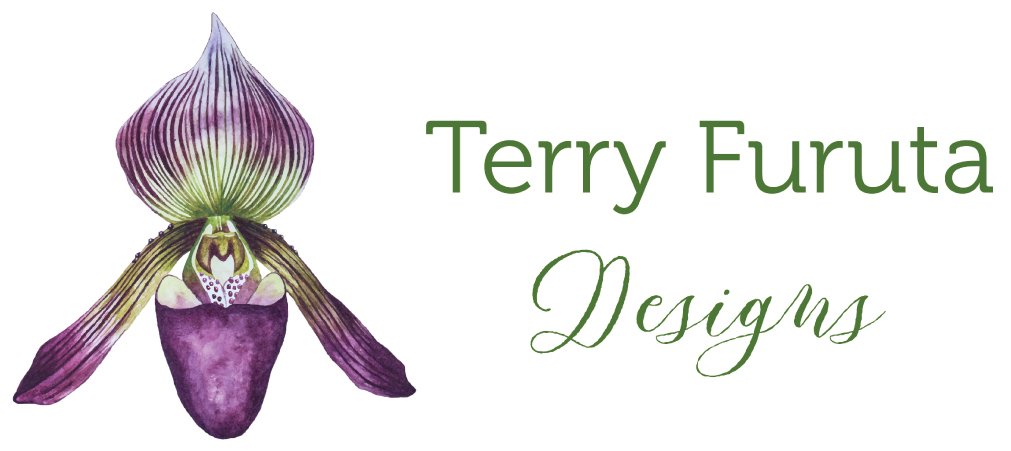Air Plant Care Sheet
Tillandsia is the largest genus in the bromeliad family, accounting for approximately 550 of the over 2500 species of bromeliads. Tillandsia plants are commonly known as air plants. They are native to the warmer climates of the Americas and are found from jungle rain forest, from arid desert environments and from sea level to high mountain regions.
Most Tillandsia species use their root systems to attach themselves to trees or rocks and absorb moisture and nutrients through their leaves. This classifies them as epiphytes. Absorption occurs through small scales on their leaves called trichomes. These trichomes are what give many air plants their silver or gray appearance.
Tillandsia air plants are one of the easiest plants to keep alive, indoors. For starters, they don’t even need soil! They absorb water and nutrients through scales on their leaves. Although, just like succulents and orchids, some people have trouble keeping them alive. First, dunking them in water is best. You’d think spritzing your tilly every few days would be enough, but that isn’t always the case. I suggest to dunk them in a container once a week. A container that is large enough to fully submerge them, and let them sit there for 15 minutes up to 3 hours.
Always air dry. After they soak, they need to dry out fully. Shake off any excess water and put them in a bright spot for at least 4 hours. This is key, as dampness is the main foe of an air plant. Bright filtered or indirect light is ideal for indoor air plants. Some direct sun works too (morning is better), but they shouldn’t be baking all day.
Plants get hungry, too! For amazing looking plants, feed your plants once a month by adding fertilizer to the water mix. I suggest using a bromeliad mix (air plants are in the bromeliad family), and try not to overdo it! Plants can burn from too much fertilizer.
Air plants are happy with a wide range of temps, from the 50s to the 90s. Although, the hotter and drier the air, the more often you’ll have to water them.
Tillandsia reproduce by pups. Pups are sent out from the base of the plant. In some plants, it is not unusual to see 4 to 8 pups, which appear before, during or after bloom. Young plants can be separated from the mother when they are about 1/2 the parent’s size, and will mature
in about one year.
Tillandsia blooms are as diverse and beautiful as any plant. The bloom itself can last anywhere from a few days to a year in some of the slower growing plants.





